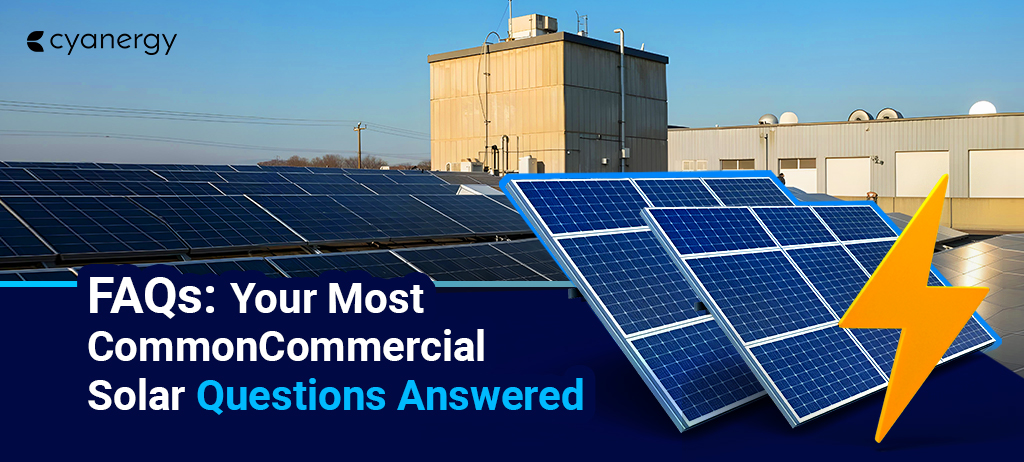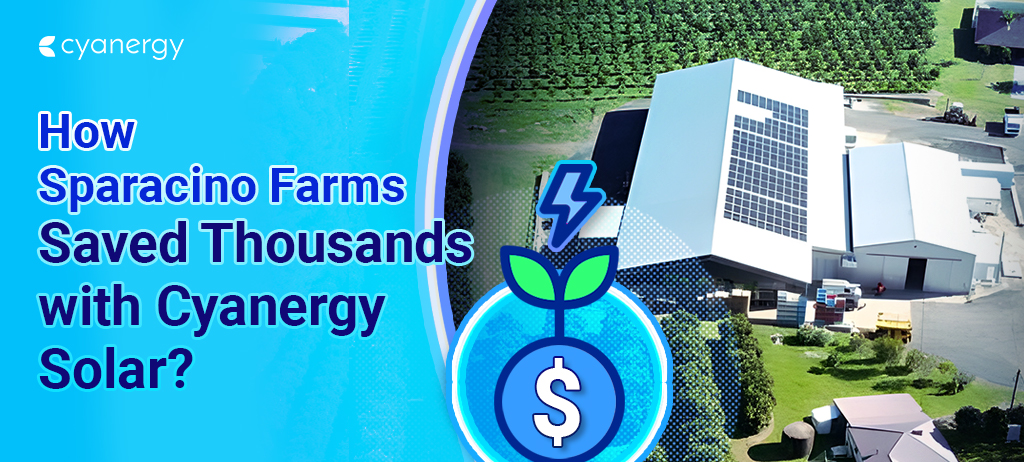Electric vehicles are undeniably becoming more affordable as technology advances. With many types of electric cars now within reach of the average Australian, the future of sustainable transportation is looking brighter than ever.
Today, we will look into Australia’s Electric Vehicle Future: A 2025 Outlook. So, what is the ultimate future of electric vehicles in Australia? And what does the future of electric vehicles in Australia look like?
As more Australians recognise the benefits of driving an electric vehicle, we anticipate a robust growth in this market.
This increasing demand will not only lead to more electric vehicles on the roads but also a visible expansion of charging stations nationwide, further solidifying the future of electric vehicles in Australia.
Electric vehicles are taking off in Australia, with a diverse range of models and styles on the market. These cars have a bright future, and new technology and innovation are making them more accessible and affordable.
With emissions targets looming and widespread concern about climate change, the popularity of electric vehicles is on the rise.
These vehicles offer a compelling solution to our environmental challenges. They are a more environmentally friendly and fuel-efficient alternative to gasoline or diesel vehicles.
It is time for electric vehicles to overtake traditional petrol and diesel engines as the preferred choice for Australian motorists.
What are Electric Vehicles? Battery And Charger Functionality
Electric vehicles (EVs) are vehicles that are powered by electricity rather than traditional fossil fuels like petrol or diesel. Instead of an internal combustion engine, EVs use an electric motor and a battery pack to store and use electricity for propulsion.
Electric vehicles (EVs) are the new future. They are sustainable and offer many benefits. But what are EVs? Electric Vehicles (EVs) are either partially or entirely run by electrical power.
Currently, most electric vehicles are electric cars. Four main types of electric vehicles are available in the market, each with unique features and benefits.
These include Battery Electric Vehicles (BEV), Hybrid Electric Vehicles (HEV), Plug-in Hybrid Electric Vehicles (PHEV), and Fuel Cell Electric Vehicles (FCEV).
Battery Electric Vehicles (BEV)- BEVs are known as All-Electric Vehicles. A battery-powered electric drivetrain runs it entirely.
Hybrid Electric Vehicles (HEV)— HEVs are also called series hybrids or parallel hybrids. These cars get their engine’s energy from fuel and their motor’s energy from batteries.
Plug-in Hybrid Electric Vehicles (PHEV)—PHEVs are also known as series hybrids. But these cars are more complicated than other EVs. You can choose between petrol and biodiesel for the vehicle to run on. It is also capable of powering itself with rechargeable battery packs.
Fuel Cell Electric Vehicles (FCEV)- FCEVs are zero-emission vehicles that require “fuel cell technology” to run.
Apart from these cars, some companies are trying to use solar energy in their vehicles. These cars have built-in solar panels that run and charge the car with sunlight. These cars are very futuristic and considered supercars.
Most electric vehicles and their accessories work like any other electronic device. A standard charger and a battery are included in the car. You plug the charger into your car’s charging port and charge the battery.
You can charge your car at home. You can set up your vehicle at your workplace. Many employers in Australia are taking the initiative to install chargers for electric cars. And if you have solar power, you can charge your vehicle at a very low cost.
The National Electric Vehicle Strategy
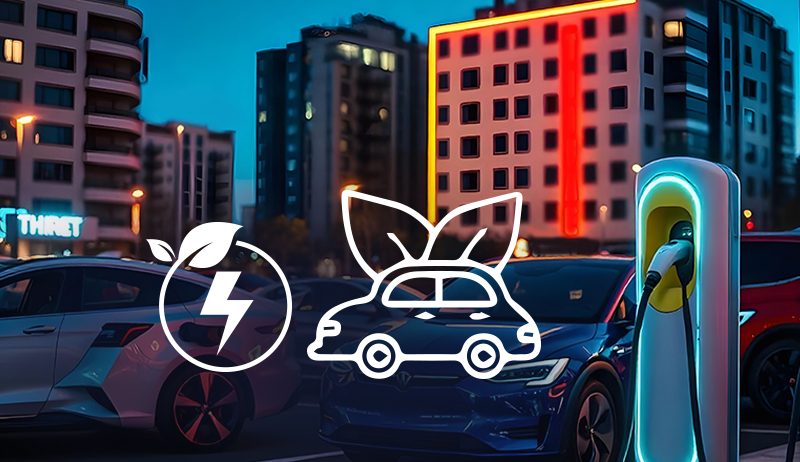
The National Electric Vehicle Strategy is a comprehensive plan to increase the uptake of electric vehicles (EVs) in Australia. Promoting the use of EVS aims to reduce emissions and improve the well-being of Australians.
The Strategy sets out 3 key objectives:
- Increase the supply of affordable and accessible EVs
- Establish the resources, systems and infrastructure to enable rapid EV uptake
- Encourage increased EV demand.
Implementing initiatives under the objectives will help us deliver the following outcomes:
- Expand EV availability and choice
- Reduce road transport emissions
- Make it easy to charge EVs across Australia
- Increase local manufacturing and recycling
- Make EVs more affordable
- reduce the cost to Australians of running their vehicles.
We’re accelerating our nation’s transition to a future where Australians have greater choice and can buy from a wider range of cleaner and cheaper-to-run vehicles.
Australia’s Electric Vehicle Future: A 2025 Outlook
Electric vehicles (EVs) are becoming more popular in Australia as the country moves towards a cleaner and greener future.
We anticipate more Australians choosing EVs over petrol or diesel cars in 2025. The numerous benefits of EVs drive this shift.
They are better for the environment, as they don’t produce harmful exhaust fumes, and they help reduce air pollution and carbon emissions. Additionally, they are cost-effective in the long run, with lower fuel and maintenance costs.
Many car companies are now offering a wider range of electric models at more affordable prices, making it easier for people to make the switch.
The Australian government and state authorities are also supporting this change. They are building more charging stations across cities, highways, and even in remote areas.
Some states are offering financial incentives, such as rebates and lower registration fees, to encourage people to buy electric vehicles.
More commercial spaces are installing chargers, and public transport systems are slowly introducing electric buses and service vehicles.
As of 2025, Australia is taking stronger steps towards an electric vehicle future. While there are still challenges, like long charging times and high upfront costs, the growing number of EVs on the roads shows real progress.
With better technology, government support, and public awareness, EVs are set to become a regular part of everyday life in Australia.
Electric Vehicles at a Glance in Australia
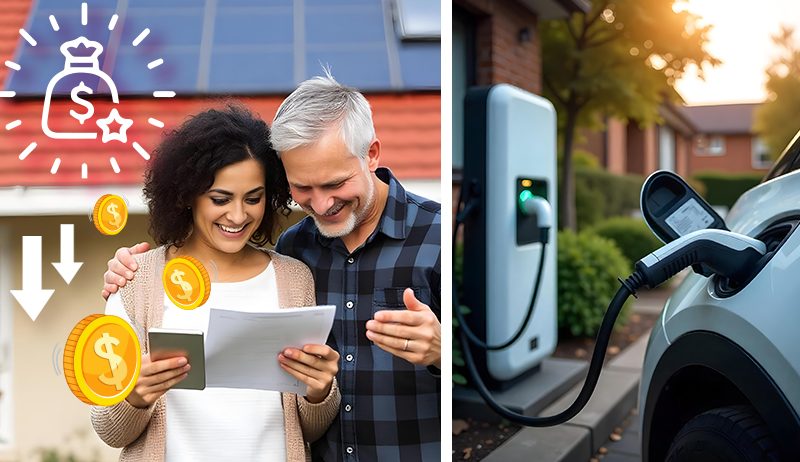
Market Overview
In 2024, EVs accounted for 9.5% of new car sales in Australia, with approximately 110,000 units sold, reflecting a 150% increase from 2022.
Tesla led the market with 38,347 units sold, followed by BYD with 14,260 units and MG with 8,239 units. Notably, Tesla’s market share declined from over 50% in early 2023 to just 8.32% by April 2025.
Regional Disparities
Government Policies and Incentives
The Australian government has implemented several incentives to promote EV adoption, including fringe benefits tax (FBT) exemptions for EVs under the luxury car tax threshold of $91,387.
However, the removal of FBT concessions for plug-in hybrid electric vehicles (PHEVs) in April 2025 has impacted their sales. Additionally, discussions around introducing a road usage charge for EVs are ongoing, with potential implementation in the next federal budget.
Looking ahead, federal efficiency standards set to take effect in 2025 are expected to boost EV sales further. Projections indicate that EVs could constitute 15%–19% of new car sales by 2026.
How Is Australia Assisting With Electric Vehicle Projects in 2025?
Driving the Nation Program
ARENA’s “Driving the Nation” program, launched in 2022 with a $500 million investment, aims to promote zero-emission vehicle technologies.
In November 2024, $100 million was allocated to focus areas, including the demonstration and deployment of heavy battery electric vehicles (BEVs), the development of charging solutions to support heavy BEV adoption, and innovations to accelerate BEV uptake.
Enhancing Charging Infrastructure
To address the need for accessible charging options, ARENA has committed $2.4 million to installing 250 public kerbside EV chargers across over 60 local government areas in Victoria, New South Wales, and South Australia.
These chargers are designed to be mounted on existing infrastructure like power poles, facilitating convenient urban charging solutions.
Advancing Bidirectional Charging
ARENA is also exploring bidirectional charging technologies, which allow EVs to supply power back to the grid.
The National Roadmap for Bidirectional EV Charging outlines strategies for implementing this technology, which aims to enhance grid stability and provide additional value to EV owners.
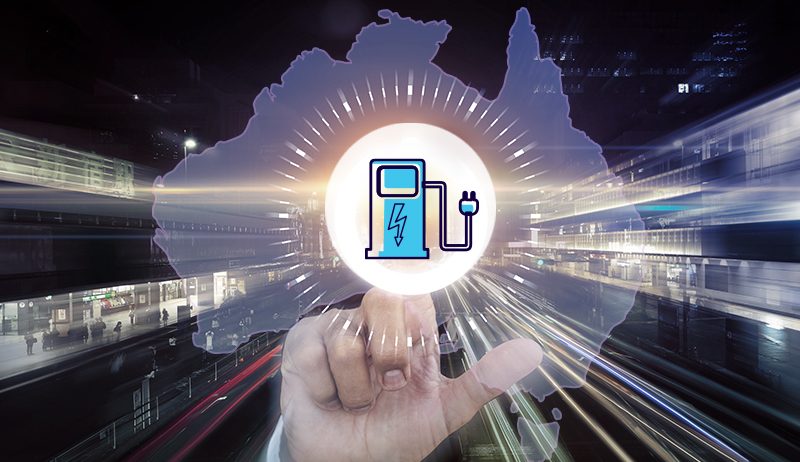
Electrifying Commercial Fleets
Several projects are underway to electrify commercial and municipal fleets. For instance, ARENA is providing up to $9 million for deploying 28 battery electric trucks and the necessary infrastructure across Australia.
Additionally, $12.8 million is allocated to support the electrification of 112 zero-emission delivery trucks.
Supporting Local Government Initiatives
ARENA is funding the Local Council BEV Integration Project, which aims to deploy 65 light and 7 heavy battery electric vehicles and charging infrastructure across three local councils in Victoria.
This initiative demonstrates how local governments can collaborate to reduce transport emissions and benefit their communities.
Through these comprehensive efforts, ARENA is playing a pivotal role in shaping Australia’s electric vehicle future by supporting infrastructure development, technological innovation, and fleet electrification.
Contact Cyanergy for more information like this. Talk to an expert for any assistance.
